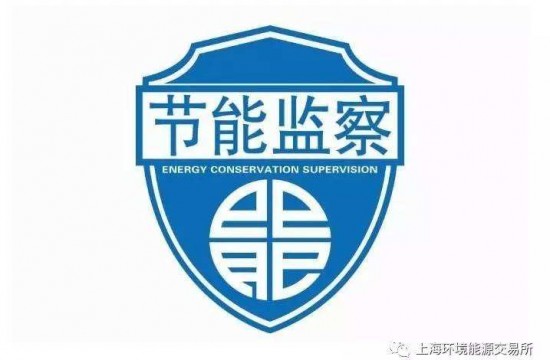摘要:
本研究运用数值模拟的方法研究一个新开发的滨河居住区的设计及夏季热环境的改善。研究案例为位于日本东京附近的1个包括102栋独立式住宅的居住区。本文应用作者开发的室外热环境数字模拟方法对居住区的微气候因素的空间分布进行模拟计算。在此基础上探讨通过对基地表面性质的改变以及建筑布局的调整等2种途径来改善居住区热环境的方法。在文中针对上述2种途径共计5种设想的设计方案进行了模拟计算,并验证其热环境的改善效果。
关键词:室外热环境、居住区设计、计算机模拟
Abstract:
The present study explains the application of a numerical simulation to investigate the thermal environment of a new riverside residential development in summer. The case study area consists of more than one hundred two-story detached houses built next to a river near Tokyo, Japan. The microclimate factors of residential district have been estimated using the CFD (Computational fluid dynamics) simulation of radiation, conduction and convection. This method leads to an improvement of outdoor thermal environment by manipulating the site design and layout planning scenarios. In total, five scenarios have been simulated for the proposed sustainable development as explained in the paper. Above simulations provided an insight into the mitigation effects of each countermeasure.
Key Word: Outdoor Thermal Environment, Residential District Design, Numerical Simulation





























